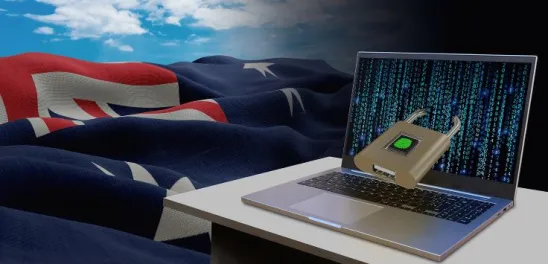From 24 March 2022, Australian businesses have been able to register “.au” URLs (a Uniform Resource Locator or URL is the “address” to a website), rather than the traditional “.com.au”, “.net.au” or “.org.au” URLs.
The Australian .au Domain Administration (auDA) gave registrants (registrants are the “owners” of URLs) of “.com.au”, “.net.au” and “.org.au” URLs until 20 September 2022 to register the equivalent “.au” URL. That is, the registrant of www.australiandomain.com.au had priority over registering the www.australiandomain.au URL. From 3 October 2022, however, third parties have been free to register .au URLs, regardless of whether they own the corresponding “.com.au” etc domain name.
There are strict eligibility requirements for registrants of traditional “.com.au” etc URLs. Typically, a URL registrant must have a real connection to the domain being registered. auDA sets out the various eligibility criteria in section 2.4 of its Domain Administration Rules. These criteria include where the domain (the part before the “.com.au”) is the name or the acronym of a business or relates to the goods or services provided by the business. These criteria would allow Coca-Cola, for example, to cancel the registration of the www.coca-cola.com.au URL by another person who had no connection with Coca-Cola. Third parties often register the URLs of other businesses for the purpose of either diverting consumers or selling the URL back to the true owner at a premium. Registering the URL of another person or business is called cybersquatting and it costs Australian businesses millions of dollars each year.
Critically, there are no eligibility criteria for “.au” domains other than that the registrant, ‘must have an Australian presence’. This can make recovering a business’ domain from a cybersquatter more difficult than it would be for traditional “.com.au” etc URLs. Although it is still possible to recover a URL from a cybersquatter using the .au Dispute Resolution Policy, it requires that the recovering party own a registered trade mark for the URL’s domain. Regardless of how a URL is recovered from a cybersquatter, the process can be expensive and time consuming. Furthermore, the outcome of the recovery process is not guaranteed.
We are seeing an increase in activity already resulting from the registration of “.au” domains. It is therefore critical that businesses, if they have not already, register the corresponding “.au” URLs to their existing URLs as a matter of urgency. Taking action now may save business significantly down the track.





 />i
/>i

